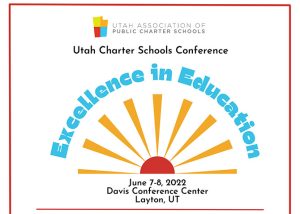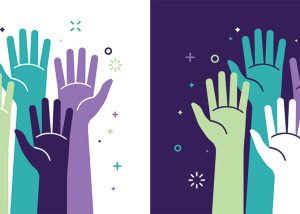There are many definitions of the term Science of Reading (SOR). The International Literacy Association (ILA) defines the Science of Reading as:
“a corpus of objective investigation and accumulation of reliable evidence about how humans learn to read and how reading should be taught.”
International Literacy Association, 2020
- Oral Language Skills — Learn to speak and comprehend aurally phrases, sentence structure, connecting terms, and discourse patterns.
- Concepts of Print — Learn how print works, including directionality (L>R, Top to Bottom), print not picture, punctuation, number of words and letters, and ordinal concepts such as first, last and middle.
- Phonological Awareness — Learn to hear, identify, and manipulate units of oral language larger than a single sound or phoneme – including onsets, rimes, syllables, and words.
- Phonemic Awareness — Learn to hear, identify, and manipulate individual spoken sounds (phonemes) in words and syllables.
- Phonics — Learn the relationships between spoken sounds (phonemes) and the letters (graphemes) that represent these spoken sounds in written language. Students develop the skills of blending sounds of letters in words to read and segment sounds in words to write or spell. Blending and segmenting sounds in words to read and write are often referred to collectively as “sounding out.”
- Morphological Analysis — Learn how to determine unknown word meanings by identifying meaningful word parts such as prefixes, suffixes, and other word endings, e.g., possession, plurals, and grammatical tense. Students learn how the addition of word parts to a root or base word changes meaning, e.g., read vs. reread.
- Spelling — Learn to use knowledge of orthographic or spelling patterns to accurately write the combination of letters to represent the sounds they hear in spoken words.
- Fluency — Learn to read text accurately, with appropriate speed and expression to free up attention to be used to construct meaning from text. Fluency forms a bridge from decoding to comprehension.
- Vocabulary Development — Acquire and use a vast knowledge of word meanings. Background Knowledge — Building and activating knowledge of the world, events, facts, experiences, and information. Building background knowledge is an essential element of evidence-based reading comprehension instruction.
- Comprehension Strategies — Learn a collection of scientifically researched comprehension strategies to use to unlock the meaning of difficult, unfamiliar, or complex texts.
- Text Discussion — Participation in extended discussions of text with teachers and peers.
- Writing — Write for varied purposes and in differing genres, including writing about what is read to cement comprehension of text.
References
Adams, M. J. (1994). Beginning to read: Thinking and learning about print. Cambridge, MA: The MIT Press.
Duke, N. K., & Martin, N.M. (2011). 10 Things every literacy educator should know about research. The Reading Teacher, 66(1), 9-22, DOI:10.1598/RT.65.1.2
International Literacy Association. (2020). The science of reading: Supports, critiques, and questions: An executive summary of the Reading Research Quarterly special issue.
National Early Literacy Panel. (2008). Developing early literacy: Report of the National Early Literacy Panel. Washington, DC: National Institute for Literacy.
National Reading Panel (U.S.) & National Institute of Child Health and Human Development (U.S.). (2000). Report of the National Reading Panel: Teaching children to read: an evidence-based assessment of the scientific research literature on reading and its implications for reading instruction. U.S. Dept. of Health and Human Services, Public Health Service, National Institutes of Health, National Institute of Child Health and Human Development.
Petscher, Y., Cabell, S. Q., Catts, H. W., Compton, D. L., Foorman, B. R., Hart, S. A., … & Wagner, R. K. (2020). How the Science of Reading Informs 21st Century Education. Reading Research Quarterly, 55, S267-S282. DOI: 10.1002/rrq.352
Shanahan, T. (2020). What constitutes a science of reading instruction? Reading Research Quarterly, 55, S235-S247. DOI: 10.1002/rrq.34









